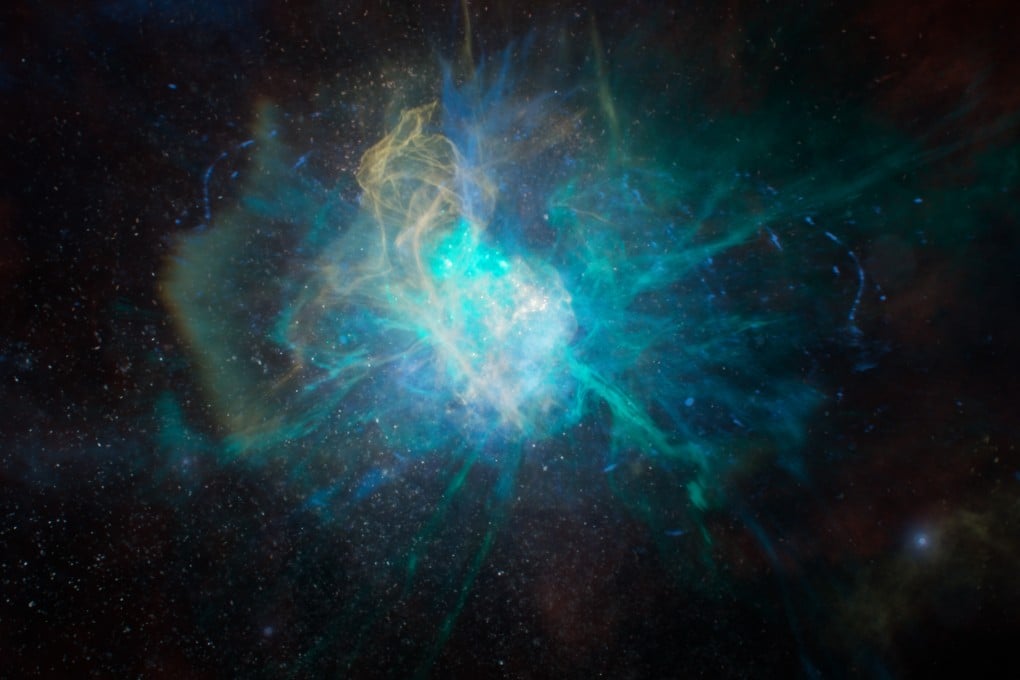China microsatellite fleet to scan for black holes and supernovas
- Scientists aim to launch first tests next year with eventual plans for more than 100 smart satellites to monitor deep space
- If successful, the orbiting satellites will be able to detect light from high-energy phenomena at a fraction of the cost of large telescopes

The Chinese mission envisions more than 100 microsatellites, each equipped with a smaller and lighter version of a normal X-ray telescope, to monitor the highly energetic and short-lived violent phenomena of deep space.
The approach is in sharp contrast to the trend towards ever-bigger telescopes which can look deeper into space and time.
The US$10 billion James Webb telescope – launched in December to look for the first light in the universe after the Big Bang – took more than two decades to build at up to 10 times its expected cost.
The CATCH – for Chasing All Transients Constellation Hunters – team aims to test its basic design by launching a pathfinder satellite next year, followed by 10 orbiting satellites to test out the intelligent control system.
Tao Lian, who is leading research and development of key technologies for the CATCH mission, said if these first steps prove successful the team will propose deploying the entire constellation around the year 2030.